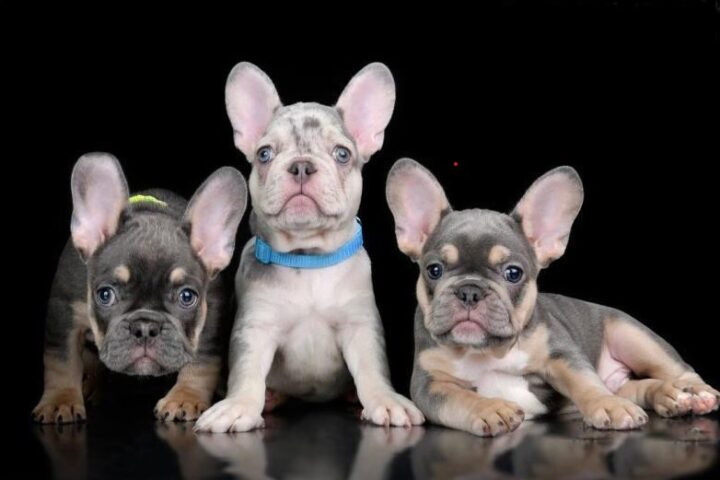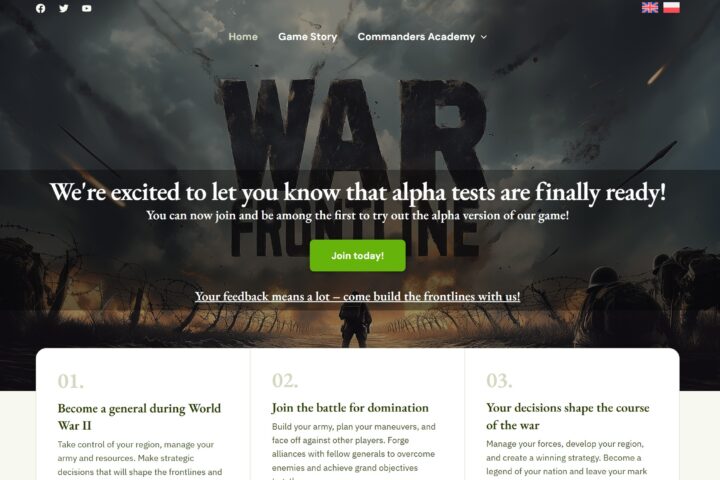Some pieces shout. Others just sit on your shoulders and quietly change the room. The for the culture hoodie does both, depending on how you style it. It’s a banner when you want it to be; it’s a nod when you don’t. And then there’s —a character who dresses like she’s walking through a fog of thoughts, not a Callie Yellowjackets closet full of options. Put these two ideas together and you get today’s streetwear mood: message and restraint living side by side.
How the Message Reads IRL
On a recent Saturday I watched three versions of the same hoodie in one coffee line. One was crisp black with a thick chest print; the owner wore it with slate cargos and beat-up Vans, headphones on, eyes down. Two steps back, another version: heather gray, softer letters, layered under a denim overshirt. Then a third: the hood up, jacket off, the words barely visible under a scarf. Same phrase, three readings. That’s the whole point—“for the culture” can be as loud or as private as you need.
Start With Fabric Before Fonts
If you’re buying one, start with fabric before fonts. Heavy cotton—think 12 to 14 ounces, or 380–450 gsm—holds shape, doesn’t cling to your T-shirt, and sits right in photos. Brushed fleece feels plush; loopback terry breathes better if you’re layering under a jacket. I like a double-layer hood that doesn’t cave in, and ribbing with some bite so the cuffs don’t wash out after two spins. Screen print or puff print tends to outlast thin transfers, especially across the chest where hoodies crease.
Color Sets the Tone
Color changes the tone more than people expect. Black with white lettering is direct, almost editorial. Washed black with charcoal print feels personal—like handwriting. Forest on oatmeal looks collegiate. If you’re going for a subtle read, move the message to the sleeve or hem tag; the intent is still there when someone notices, just later.
Why Callie Yellowjackets Resonates
Now, the other half of the equation: Callie Yellowjackets. Callie’s clothes don’t ask for attention. They look lifted from the top of a chair: hoodie, jacket, denim, done. That’s not laziness; it’s armor. Her palette leans muted—charcoal, washed black, soft brown—so the silhouette carries the story. Nothing is shiny. Zippers are practical, not decorative. When prints show up, they’re weathered, not glossy.
Translate the Mood, Not the Exact Pieces
To borrow that energy, don’t chase a replica. Match the feeling. Start with a mid or heavyweight hoodie, ideally one that looks a little lived in—garment-dyed pieces are great because the seams take color differently and the edges soften. Add a bomber or a thrifted trucker with room in the armhole so the hoodie doesn’t bunch. Straight-leg jeans (not sprayed on), and shoes you already trust: scuffed white sneakers, trail runners, or boots with dark laces. The outfit should read as something you actually live in, not something you built for a photo.
Fit Before Graphics
Fit matters more than any graphic. A small shoulder drop—just past your natural shoulder—relaxes the line without swallowing you. If you’re between sizes, size up once for drape, then let the jacket provide structure. Keep the drawcords short; long strings make the chest busy and fight the text. And think about pockets: a hoodie that swallows your phone on one side pulls the whole front off-center. It’s a small annoyance that ruins pictures.
Keep It Alive: Care Basics
Care is simple. Wash cold, inside out. Skip high heat—fleece hardens and prints crack quicker than you think. If the black starts to look tired, a quick steam from the inside perks the body back up without ironing the print. Hang it on a real hanger for a few hours; gravity does more than most fabric softeners.
Reliable Outfit Formulas
A few styling moves that never miss:
- Hoodie + olive cargos + black bomber, no logos fighting each other.
- Heather gray hoodie under navy wool coat—clean, not corporate.
- Washed black “for the culture” hoodie with dark denim and low-profile runners; add a thin chain if you want one detail to catch the light.
- Winter version: heavyweight hoodie, sherpa-lined trucker, knit beanie, lug-sole boots. Warm, balanced, practical.
Ethics and Materials Matter
If you care about ethics (and a lot of people who say “for the culture” do), read the fine print. Organic cotton is common; GOTS or OEKO-TEX labels are better than vague “eco” claims. Ask for a photo in two lighting conditions—daylight and indoor LEDs. It’s the easiest way to see whether the black reads greenish, or the print looks plasticky.
Balancing Statement and Subtlety
The best part about these two influences—statement hoodies and Callie’s underplayed realism—is that they don’t cancel each other out. They negotiate. On days when you want to speak up, let the text sit front and center under an open jacket. On days when you don’t, pull the hood up, zip the bomber, and let the words peek out once at the wrist. Culture is a big word; your version doesn’t have to look like anyone else’s.
The Ten-Minute Home Test
I’ll end with a small test I use before buying: wear the hoodie at home for ten minutes while moving—reach, sit, pick something up, tuck your hands in the pocket, take your phone out twice. If it twists, if the cuff grows, if the hood collapses into your neck, it’s not the one. The right hoodie disappears when you’re thinking about other things; the message, when you want it, does the talking.
Closing Note
That balance—purpose and ease—is why the culture hoodie keeps showing up in real life, not just online. And it’s why the quieter mood of Callie Yellowjackets sticks: clothes that protect your day, not perform it. Put them together and you get something better than a trend. You get a uniform you actually live in.
For More Update and Stories Visit: The Europe Times











